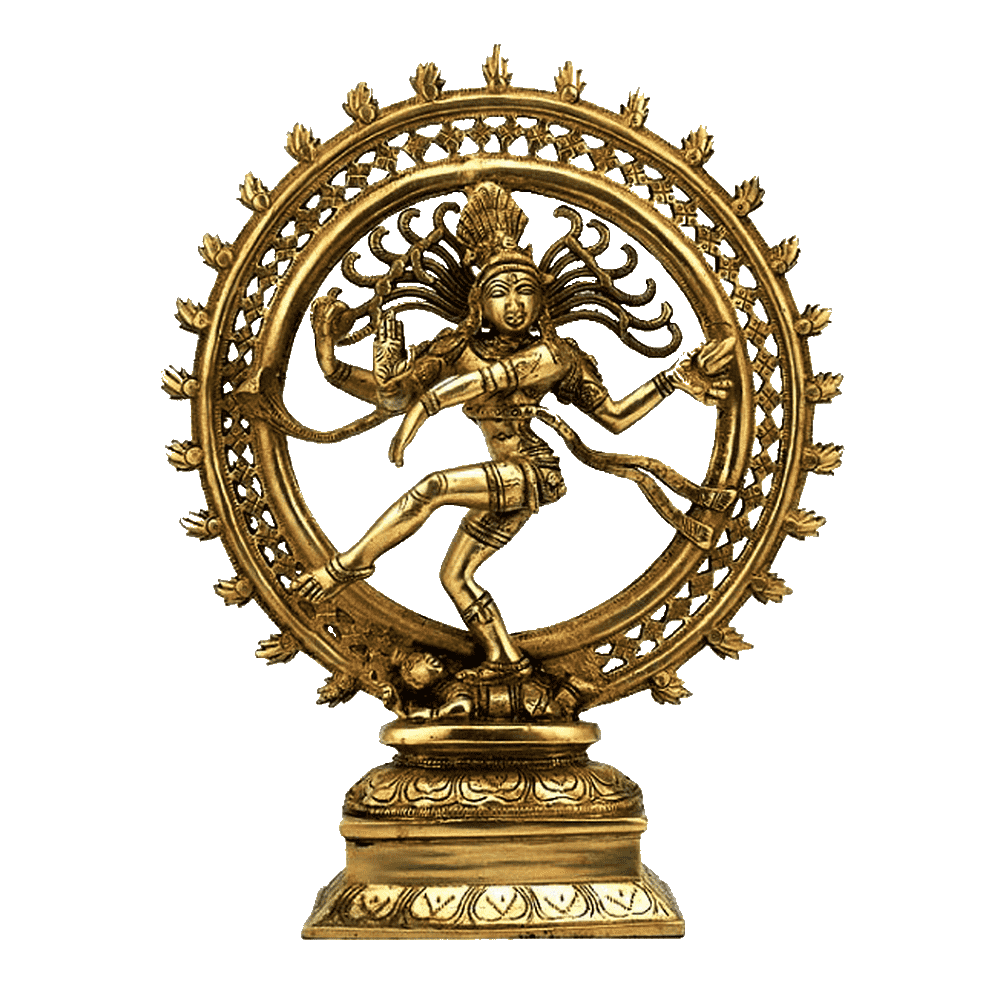
Śivaśakti Traditions
Yāmalas (Also Part of Bhairava Tradition)
The Śivaśakti traditions encompass a rich tapestry of spiritual practices and beliefs that venerate the divine union of Lord Śiva and the divine feminine energy, Śakti. Within these traditions, the Yāmala texts hold a prominent place, offering profound insights into the mystical and transformative aspects of the divine.
The Yāmala texts are a group of sacred scriptures that are an integral part of the Śivaśakti traditions, particularly within the Bhairava tradition. They are considered to be Tantras, a genre of spiritual texts that reveal esoteric knowledge and practices for the aspirants on the path of spiritual evolution and liberation (Moksha).
Each Yāmala is named after a deity or a cosmic power, and they cover a wide range of subjects, including ritual practices, mantra recitation, meditation techniques, and philosophical discussions. They are said to have been divinely revealed by Lord Śiva to his divine consort, Śakti, or other divine entities, who transmitted this sacred knowledge to humanity for their upliftment.
Some of the well-known Yāmalas in the Śivaśakti traditions include:
Brahma Yāmala:
This text is attributed to Lord Brahma, the creator deity in Hindu mythology. It delves into the worship and understanding of Lord Śiva and Goddess Śakti as the ultimate creative forces in the universe.
Rudra Yāmala:
Rudra, another name for Lord Śiva, is worshipped as the embodiment of destruction and transformation. This Yāmala elaborates on rituals and practices dedicated to invoking the fierce and transformative energies of Lord Rudra.
Skanda Yāmala:
Skanda, also known as Lord Murugan or Kartikeya, is the divine son of Lord Śiva and Goddess Śakti. The Skanda Yāmala highlights the significance of worshipping Skanda and his role in bestowing wisdom and spiritual realization.
Viṣṇu Yāmala:
While the Śivaśakti traditions predominantly revolve around Lord Śiva and Śakti, the Viṣṇu Yāmala explores the relationship between Lord Viṣṇu and the divine feminine energy. It emphasizes their harmonious union and the interconnectedness of all divine manifestations.
Yama Yāmala:
Yama, the god of death, plays a significant role in the Yama Yāmala. This text delves into the concept of death, impermanence, and the transformative nature of existence, encouraging practitioners to embrace the imperishable truth beyond physical limitations.
Yāyu Yāmala:
This Yāmala focuses on the significance of breath and life force (prāṇa) in spiritual practices. It elucidates the connection between the breath, the mind, and spiritual evolution.
Kubera Yāmala:
Kubera is the god of wealth and prosperity in Hindu mythology. The Kubera Yāmala reveals rituals and practices associated with wealth accumulation and the righteous use of material resources for spiritual growth.
Indra Yāmala:
Indra, the king of gods, is revered in this Yāmala for his divine qualities and powers. It presents practices to invoke the blessings of Indra for spiritual protection and progress.
The Yāmala texts, collectively, offer a comprehensive understanding of the divine play of Śiva and Śakti and the diverse avenues for spiritual progress. By delving into these sacred scriptures, practitioners gain access to profound spiritual knowledge and transformative practices that lead to self-realization and liberation.
Conclusion:
In conclusion, the Yāmala texts are an integral part of the Śivaśakti traditions, particularly within the Bhairava tradition. They provide valuable insights into the mysteries of the divine and guide seekers on the path of spiritual evolution and realization. The Yāmalas serve as a source of inspiration and profound wisdom for aspirants seeking to connect with the divine forces and attain spiritual liberation. As with all sacred texts, the Yāmala scriptures are revered and studied with utmost respect and devotion by those seeking to deepen their spiritual journey within the Śivaśakti traditions.
Editor – Kaalchakra Team
[ Note – Before Concluding anything as a Finale, Please Go through Original Scriptures of Vaidik Literature Written in Sanskrit and Also with Meaning of That time of Language. Because English is a Limited language to Explaining the Deeper Knowledge of Vaidik Kaal. ]
